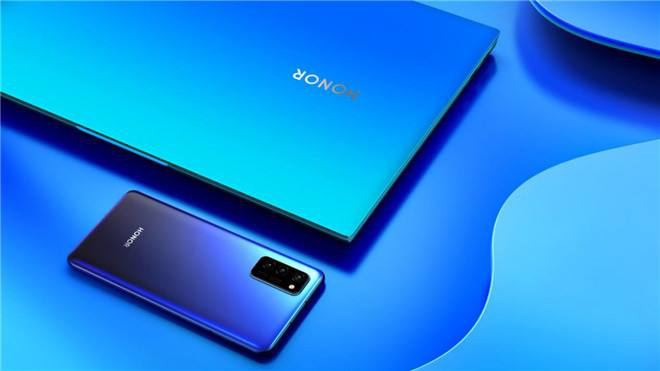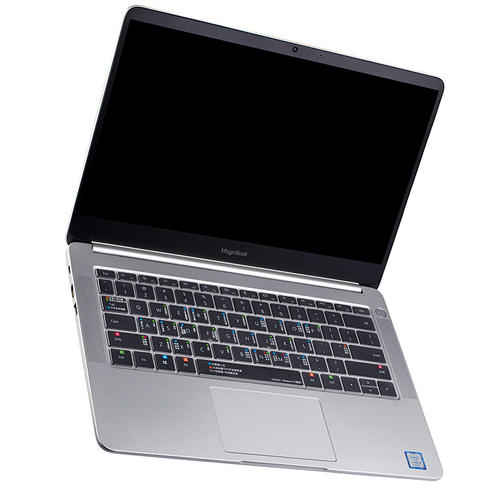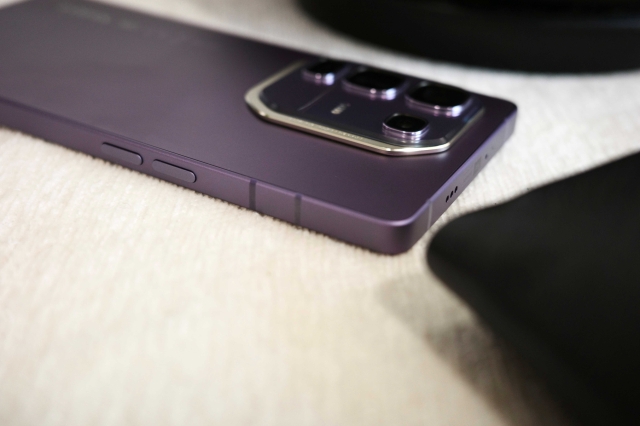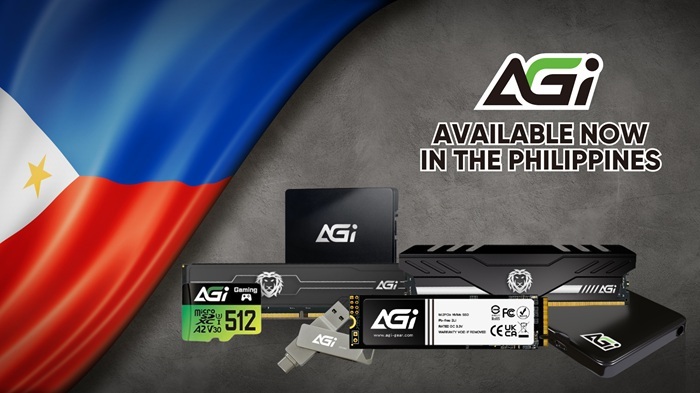History of Hard Disk
Accustomed to modern hard disks, we would never think of t an ancient hard drive as being the size of a van, boxy. The most famous representative of this is the IBM 350 RAMAC. This “hard disk” weighed several tons. It contained 50 24-inch discs. Despite such a big “big guy”, its actual capacity is only 5MB. What’s the use of 5MB in modern times? A 1920×1080 photo is about 100KB. 5MB can only store about 50 photos. An IBM 350 RAMAC hard drive the size of a minivan can only store 50 photos. Nowadays, people would definitely scoff.
In 1973, IBM developed a new type of hard disk, the IBM 3340, which was technically a true hard disk. This hard drive was shaped like a disc and was the size of an old-fashioned motion picture film drive. In the years that followed, the hard drive gradually evolved into a smaller form factor.

The first truly GB-class monitor was introduced by IBM, with a capacity of 2.5 GB. The capacity was 2.5 GB, but the technology was still not very mature at the time. The weight was 500 pounds. At the end of the 1980s, IBM introduced MR technology, which dramatically improved the efficiency of hard drives. In the late 1980s, IBM introduced MR technology, which dramatically improved the efficiency of hard drives. At the same time, the storage density of the platters was increased dozens of times from the previous 20Mbpsi, laying the foundation for a huge increase in hard drive capacity.
Mechanical hard drives are difficult to break through the bottleneck and have very limited room for performance upgrades. At the same time, SSDs are on the rise again. In 2012, mechanical hard drives were almost stagnant. Hard drive manufacturers such as Western Digital and Seagate sold the same old hard drives this year.

The real hard drive for personal users was the 5.25-inch size that was introduced around 1980. At that time, Apple, IBM, and other manufacturers were introducing personal computers, so hard drives aimed at the individual user became very popular. Less well known is the real hero behind the scenes – IBM’s thin-film head technology. It was because of it that we said goodbye to those giants once and for all.
Hard drives appeared in the early 1950s, starting in the 1970s. The capacity of hard drives has increased from tens of megabytes to terabytes. At the same time, hard drives were shrinking in size, until we have today’s 2.5/3.5-inch volume drives, and some micro drives (up to and including 1.8-inch drives). Mechanical hard drives took more than 60 years of hard work, but were overtaken by SSDs, which entered the consumer market only around 2011-2012, overturning the empire of mechanical hard drives in just six years.
SSDs are now the norm on the market. Many notebooks from manufacturers are equipped with SSDs as standard, such as the HONOR MagicBook Pro, which is equipped with a 512G SSD as standard, making our experience in daily use feel extremely good.


















